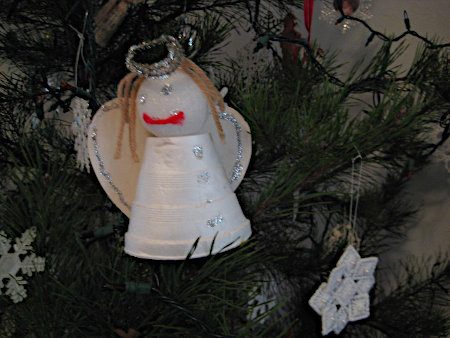Lesson 1.3 in my own words:
-
Shutter speed - the speed at which the camera's shutter opens and closes.
- The technical aspect of shutter speed is controlling the amount of light entering
the camera and hitting the sensor.
- slower speed = more light
- faster speed = less light
- The creative aspect of shutter speed is controlling the amount of blur in the image.
- Blur versus camera shake
- Blur occurs when the subject is moving.
- Camera shake occurs when the camera is moving.
- Both indicate a need for a faster shutter speed.
- If shutter speed is faster than the subject is moving, you can freeze the action.
This week's project:
On shutter priority mode (Tv or time value), in a well lit place (preferably outside), take 2 photos of the same moving subject, one with a short shutter speed and one with a longer shutter speed.
 |
| Duck walking, short shutter speed (1/1000 sec.) |
 |
| Duck walking, longer shutter speed (1/4 sec.) |
What I learned:
This was a more challenging lesson than the one on aperture because changing shutter speed changed other things too.
- When adjusting shutter speed on my camera, it affected brightness or darkness (you can see the difference in the above two photos). The longer the shutter speed, the brighter it got. Faster made it darker. I could preview this on the camera's LCD screen. "What you see is what you get" was one of the selling points of a mirrorless camera. Now, I'm curious whether the same is true with a DSLR.
- On Tv mode, I chose the shutter speed and the camera chose the aperture and ISO.
- I learned first hand about camera shake. With a slow shutter speed, it's difficult to hold the camera still (why a tripod would be useful!) For this lesson's photos, I judged shake vs. blur by the background. If the background was blurred as well as the subject, then I knew it was shake. Contrast the photo below with the photo above to see the difference.
 |
| Duck walking, long shutter speed (1/8 sec), and camera shake. |
I realize that with just these few lessons, I'm looking at photographs differently. I now look at a photo and think about aperture and shutter speed. Not sure that's a good thing, but it is what it is.









































